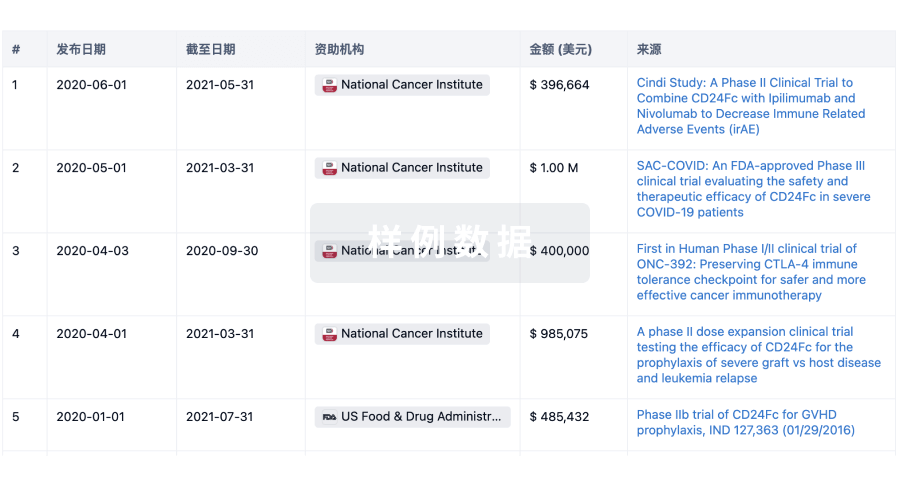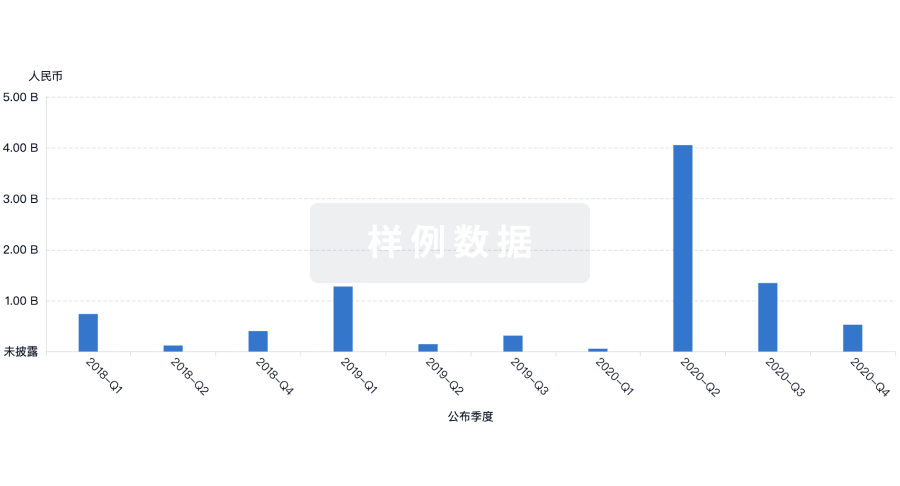预约演示
更新于:2025-08-27

South Valley University
更新于:2025-08-27
概览
关联
162
项与 South Valley University 相关的临床试验NCT07070544
Head of Department of Physical Therapy for Cardiovascular/Respiratory Disorders and Geriatrics
Diabetic foot ulcers (DFUs) are a significant complication of diabetes mellitus, associated with poor peripheral circulation, neuropathy, and increased risk of lower-limb amputation. Optimizing peripheral blood flow is critical in the prevention and management of DFUs. Traditional offloading strategies, such as customized foot insoles, have demonstrated efficacy in reducing plantar pressure and promoting ulcer healing.
Electromagnetic field (EMF) therapy is a non-invasive modality that has shown potential in enhancing microcirculation, promoting angiogenesis, and modulating inflammatory processes. Preliminary studies have suggested that EMF may improve peripheral circulation and tissue oxygenation in diabetic patients.
This study aims to investigate the combined effect of EMF therapy and customized foot insoles on peripheral circulation and Ankle-Brachial Pressure Index (ABPI) in patients with diabetic foot ulcers, hypothesizing that this integrated approach may yield superior outcomes compared to standard care.
Electromagnetic field (EMF) therapy is a non-invasive modality that has shown potential in enhancing microcirculation, promoting angiogenesis, and modulating inflammatory processes. Preliminary studies have suggested that EMF may improve peripheral circulation and tissue oxygenation in diabetic patients.
This study aims to investigate the combined effect of EMF therapy and customized foot insoles on peripheral circulation and Ankle-Brachial Pressure Index (ABPI) in patients with diabetic foot ulcers, hypothesizing that this integrated approach may yield superior outcomes compared to standard care.
开始日期2025-08-01 |
申办/合作机构 |
NCT07128472
Evaluation of IL 12B Genetic Polymorphism (rs3213094) in Patient With Psoriasis and Psoriatic Arthritis in Response to Humira
Psoriasis is a skin disorder that is chronic proliferative and inflammatory in nature. Extensor surfaces, scalp, and lumbosacral area are covered in erythematous plaques with silvery scales. The disease can also impair the eyes and joints. It has no cure. Because of their low quality of life, many psoriasis patients experience depression. In addition to the cutaneous manifestations, it is associated with an increased risk of psoriatic arthritis, depression and cardiovascular disease.
开始日期2025-08-01 |
申办/合作机构 |
NCT06492603
Examination of Linea Alba Biomechanical and Viscoelastic Characteristics in Patients Diagnosed With Diastasis Recti Using Ultrasound
Diastasis recti is an increased distance between the rectus abdominis muscles at the midline caused by weakness in the anterior abdominal wall.
开始日期2025-07-20 |
申办/合作机构 |
100 项与 South Valley University 相关的临床结果
登录后查看更多信息
0 项与 South Valley University 相关的专利(医药)
登录后查看更多信息
2,997
项与 South Valley University 相关的文献(医药)2025-09-01·JOURNAL OF AFRICAN EARTH SCIENCES
Variations, paleoenvironment implications, and agronomic considerations of glauconite expandable layers: A case study from Egypt
作者: Abdel-Hakeem, Mahmoud
As a contribution to many works conducted on glauconites, the current study represents an interdisciplinary approach combining geoscience and agronomy of these K-mineral resources, depending on the variations of expandable layers %.Through this context, two condensed sections of the Up.Cretaceous and Up.Eocene glauconites, located in the Western Desert of Egypt, were undergone field, petrog., mineralogical, and geochem. investigations.The agronomic considerations were studied by simulating the organic acid-solubility of glauconite, using 2 % oxalic acid, in cases of its direct application as a slow-release K-fertilizer.Geol., all of the studied glauconites were deposited authigenically by the neoformation of Fe-smectite precursor.The latter is thought to be more ferruginous in case of the Up.Cretaceous glauconite (nascent species, 3-4.1 wt% K2O) than the Up.Eocene counterpart (slightly evolved-evolved species, 5.05-6.71 wt% K2O).Depending on K2O contents and ethylene glycol solvation of glauconite grains, expandable layers were calculated and averaged at 40.53 % and 24.03 % for the Up.Cretaceous and Up.Eocene glauconites, resp.Also, expandable layers showed a gradual increment from base to top of the studied sections where shoaling upward occurs.Depending on field observations, mineralogical, and geochem. data, along with literature, Fe2+ availability and sea level changes are found to be the main controlling factors of glauconite expandable layers.Agronomically, oxalic acid-based solubility tests showed that K+ ions aren′t completely tightly fixed into the interstratified structure of the highly expandable glauconite, causing faster solubility rates than the less expandable species.According to the concept of slow-release fertilizers, the more evolved, less expandable glauconite deposits are preferred for the long-lasting K supply required by plants and keeping the soil fertility of plant macro-nutrients.On the other side, the smectite-rich glauconite can be exploited as a soil conditioner for enhancing its cation exchange capacity.
2025-08-09·JOURNAL OF PLANT NUTRITION
A novel group of bio-stimulators: their attenuation of abiotic stress impacts in crop plants
作者: Desoky, El‑Sayed M. ; Mohamed, Ibrahim A. A. ; Abdel Latef, Arafat A. ; Rady, Mostafa M. ; Azzam, Clara R. ; Abdelfattah, Mahmoud A. ; Mahmoud, Amr E. M.
A review.Due to climate change, abiotic stresses have arisen and are harming agricultural water management and agricultural productivity worldwide.To address this issue, bio-stimulators have been explored to improve water management and nutrient use efficiency, reflecting improved agricultural productivity due to suppression of climate change-induced stresses and the improved plant stress tolerance.Bio-stimulators play a dual role as they increase tolerance to abiotic stresses and feed the plant to adapt to stress and survive.Maize grain embryo extract (MGEE) and diluted bee-honey solution (DBHS) are a novel group of bio-stimulators recently used, beginning in 2014, for some crop plants (common bean, faba bean, sunflower, wheat, maize, onion, atriplex, roselle, and chili pepper) grown under certain abiotic stressors (salinity, drought, cadmium, nutrient deficiency, and chem. fertilizers).Reports signalized that MGEE and DBHS effectively induce improvements in mol. and morpho-physio-biochem. indexes and pos. stimulation of antioxidant defense systems, all of which enable plants to cope with stress-stimulated toxicity and maintain basic metabolic capacity under abiotic stress.Under the above-mentioned stresses, MGEE and DBHS can provide efficient mechanisms to enhance plant growth and yield traits, yield quality characteristics, photosynthetic efficiency, low-mol.-weight antioxidants, nutrient and hormonal homeostasis, antioxidant redox states, enzymic antioxidant activities, antioxidant and polyamine gene expressions, etc.Extensive research into the potential of MGEE and DBHS to sustain plant performance under adverse field conditions would strengthen their potential as a cheaper and eco-friendly alternative to harmful and high-cost chems.
2025-07-29·ACS Omega
Sustainable Synthesis of Trimethylolpropane, a Biobased Polyol from Renewable Resources by an Integrated Process of Biotechnology and Chemical Reactions
Article
作者: Elsabaa, Hossameldeen ; Han, Jian ; Sayed, Waiel F. ; Salem, Wesam M. ; Temerk, Hanan A. ; Sayed, Mahmoud ; Pyo, Sang-Hyun ; Choi, Jinsik ; Xu, Yong
Trimethylolpropane (TMP) is an important industrial chemical used to produce various value-added chemicals and polymers. In this study, both biobased butyraldehyde and formaldehyde were produced by the incomplete oxidation of bio-1-butanol and biomethanol, respectively, and were then used to produce a biobased TMP. High selective incomplete oxidation of primary alcohol to aldehyde is a challenging process minimizing the corresponding carboxylic acid, a complete oxidation product. DSM 2343 was found to have high activity and selectivity for the oxidation of butanol to butyraldehyde by whole-cell biotransformation. A pH 5 and greater than 15 g/L of 1-butanol are preferable conditions for butyraldehyde accumulation. In a 1 L bioreactor experiment, 18 g/L of bio-1-butanol was oxidized to 13 g/L of butyraldehyde at an 85% conversion and 93% selectivity. Biomethanol oxidation to formaldehyde was conducted at relatively high concentration using alcohol oxidase from . After 48 h of enzymatic reaction, a 52% conversion of 5.5 g/L biomethanol to 2.6 g/L formaldehyde at 100% selectivity without byproduct was achieved. Using the resulting butyraldehyde and formaldehyde, TMP could be produced through aldol and Cannizzaro reactions under basic conditions. The overall process shows a new synthetic route for TMP production that uses renewable resources and integrates both biotechnology and chemical processes.
100 项与 South Valley University 相关的药物交易
登录后查看更多信息
100 项与 South Valley University 相关的转化医学
登录后查看更多信息
组织架构
使用我们的机构树数据加速您的研究。
登录
或

管线布局
2025年11月03日管线快照
无数据报导
登录后保持更新
药物交易
使用我们的药物交易数据加速您的研究。
登录
或

转化医学
使用我们的转化医学数据加速您的研究。
登录
或

营收
使用 Synapse 探索超过 36 万个组织的财务状况。
登录
或

科研基金(NIH)
访问超过 200 万项资助和基金信息,以提升您的研究之旅。
登录
或

投资
深入了解从初创企业到成熟企业的最新公司投资动态。
登录
或

融资
发掘融资趋势以验证和推进您的投资机会。
登录
或

生物医药百科问答
全新生物医药AI Agent 覆盖科研全链路,让突破性发现快人一步
立即开始免费试用!
智慧芽新药情报库是智慧芽专为生命科学人士构建的基于AI的创新药情报平台,助您全方位提升您的研发与决策效率。
立即开始数据试用!
智慧芽新药库数据也通过智慧芽数据服务平台,以API或者数据包形式对外开放,助您更加充分利用智慧芽新药情报信息。
生物序列数据库
生物药研发创新
免费使用
化学结构数据库
小分子化药研发创新
免费使用